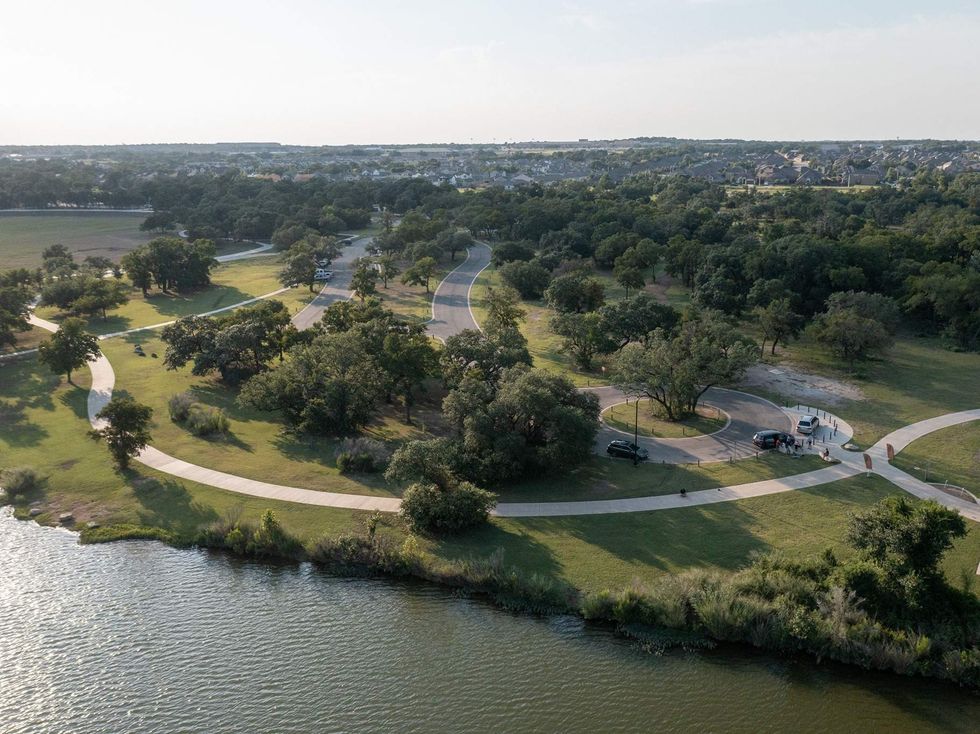Grim statistic
Texas outpaces the nation for COVID-19 deaths, Washington Post study shows

A new data analysis puts Texas’ COVID-19 death toll in a harsh light.
The analysis of federal data, published September 15 by The Washington Post, shows 1 in 490 Texans have died as a result of the COVID-19 pandemic. By no means is that the worst death rate among the states — that dubious distinction goes to Mississippi and New Jersey, each at 1 in 330. But the Texas rate is slightly worse than the national rate of 1 in 500. Hawaii and Vermont boast the lowest rates: 1 in 2,100.
According to data compiled by The New York Times, the Lone Star State had recorded close to 60,800 COVID-19 deaths as of September 15. That’s roughly equivalent to the number of people who live in the Austin suburb of Pflugerville or the Houston suburb of Spring.
Among Texas counties, Harris County had reported the most COVID-19 deaths (nearly 7,700) as of September 15, followed by Dallas County (almost 4,600), Bexar County (nearly 4,400), and Tarrant County (more than 4,000), according to The New York Times. Travis County ranks eighth among Texas counties, with more than 1,200 deaths.
Foard County, located about 70 miles west of Wichita Falls, had seen the highest number of COVID-19 deaths per capita as of September 15 — 866 per 100,000. The statewide rate is 210 deaths per 100,000 residents.
Data collected by the Mayo Clinic shows 49 percent of Texans have been fully vaccinated against the virus that causes COVID-19, compared with 54 percent of the U.S. population.
Gov. Greg Abbott steadfastly opposes vaccine mandates, mask mandates, and government-required shutdowns as tools to combat the COVID-19 pandemic. However, he does embrace vaccination as the “surest way to end the pandemic.” Some local officials around the state have sharply criticized Abbott’s refusal to impose virus-fighting measures.
“I think it’s pretty clear in the data that Texas is in the middle — or beginning, depending on how you look at it — of a really major pandemic surge, and not just in case counts but particularly in looking at healthcare needs across the state,” Spencer Fox, associate director of the COVID-19 Modeling Consortium at the University of Texas at Austin, told The Texas Tribune in August. “Many regions are now facing numbers that we haven’t seen since the winter.”

 Lots of people want to live in Leander. Leander Parks & Recreation/Facebook
Lots of people want to live in Leander. Leander Parks & Recreation/Facebook